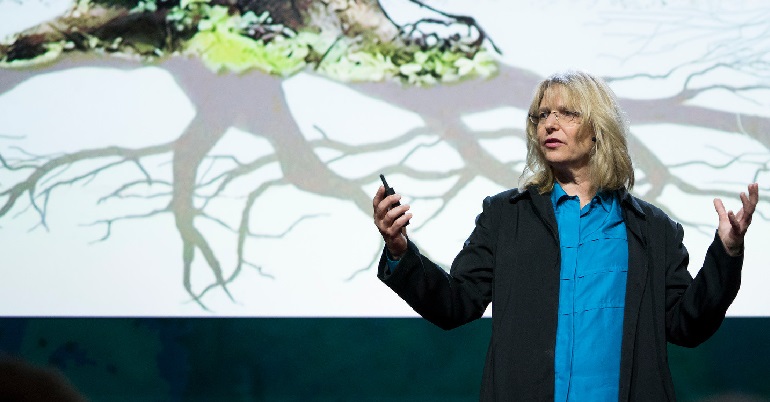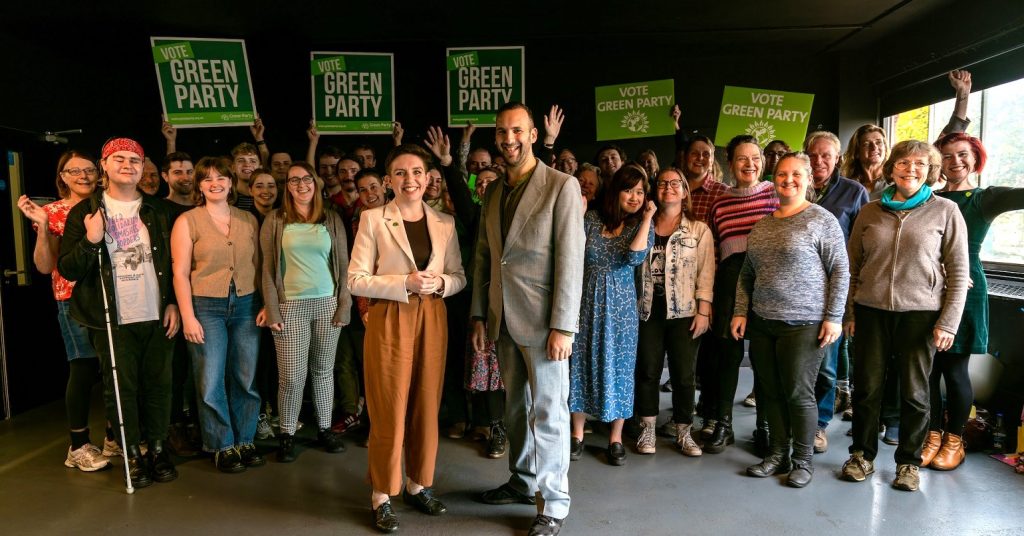Review: Suzanne Simard’s Finding the Mother Tree

I was given Suzanne Simard’s Finding the Mother Tree: Uncovering the Wisdom and Intelligence of the Forest by a friend who knows me well.
She was undoubtedly thinking of the many times she’s been subjected to – being more of a geology fan herself – my enthusiasm for the latest discovery about the complex ecology of soils and their place as the foundation of life.
And there’s lots of that new, cutting edge science in Simard’s book – as could only be expected from the woman whose 1997 PhD thesis explained the massive, hugely important discovery that she’d made in her research, what’s come to be known as the “world wide wood”. Put simply, trees communicate with each other – sharing warnings of dangers such as predators or pollution, sharing nutrients with each other – deciduous and evergreens swapping capacity through the year – through the mechanism of fungi in the soil, fungi that is also crucial to their health and growth.
That’s together with wonderful, if sometimes gruesome, stories about the immense complexity of what’s going on in healthy soils – which contain a billion organisms in a teaspoon. Science fiction filmmakers haven’t come up with new ideas:
Mycorrhizal fungal threads growing from the tips of roots could invade the stomachs of soil-dwelling springtails feeding on decaying plant litter. The threads sucked the nitrogen straight out of the springtail stomachs and delivered it directly to their plant partners. The springtails, of course, suffered a horrible death.
My fascination with these developments comes not just from their importance – given the massive destruction of these systems so crucial to our food security and climate inflicted on them through use of pesticides, industrial monoculture and ploughing – but is also personal. I studied soil science three decades ago – I even got a high distinction in the subject at Sydney University – but it was taught entirely as a chemistry subject. Description of life in the soil didn’t get beyond earthworms. That such a foundational subject was so misunderstood is a powerful reminder of how the reductionism that’s driven scientific thinking for decades has led us do profoundly astray.
Finding the Mother Tree is not, however, primarily about the science on which Simard made so much progress. Rather, it is about the process of discovery, and the massive barriers that stood in the way of the scientific progress that she spearheaded.
And how gender discrimination remains a massive issue in science – which makes me also think of my two best friends from those university days, women who both went on to do PhD, one with extra post-doctoral research in Cambridge, neither of whom are now in a position to use those qualifications.
More, it is about the difficulty of progressing in science, and science policy – how entrenched interests, human and financial, stand in the way of scientific discovery.
I’ve long thought that every academic paper should begin with a statement from the author or authors about their social, economic and professional interests in the subject – and a statement about “why I am asking this question”. For until we acknowledge that there’s no such thing as bases, neutral, objective science, then there’s a great flaw at the heart of our efforts to understand our world.
But that makes the Finding the Mother Tree sound dry, and it is anything but that. Rather it is an autobiography, a personal story of a life extremely well lived, of family and community, of the community of innovative scientists stretching around the globe. And it is a story of love – of environment, family and friends.
In the House of Lords I’ve recently been working on the Bill that will create the Advanced Research and Innovation Agency. And trying to suggest that – rather than shiny new high-tech gizmos it should be focused on research such as Simard’s.
And that would have direct , practical application on how we manage our land, and our lives. For the latest developments in Simard’s work provide the title for the book. The “mother tree” refers to her and others’ recent discoveries that trees nurture the young seedlings growing in their vicinity that are their own descendants, preferentially supporting them through drought and disease, boosting their growth and development.
And that’s given me a new way to think about tree management in the UK, something that through the Save Sheffield Trees struggle I’ve developed quite an interest in. One outcome of that was greater clarity about the importance of trees to human wellbeing.
But we still say that when it is clear that a tree is dying, well sadly it has to be felled. Of course we’ve got to make sure trees aren’t a threat to human wellbeing during their dying days, but maybe we need to think harder about how we might allow trees to nurture their next generation as they die, rather than hastily grubbing them out.
PS. We hope you enjoyed this article. Bright Green has got big plans for the future to publish many more articles like this. You can help make that happen. Please donate to Bright Green now.
Image credit: TED Conference – Creative Commons




Leave a Reply